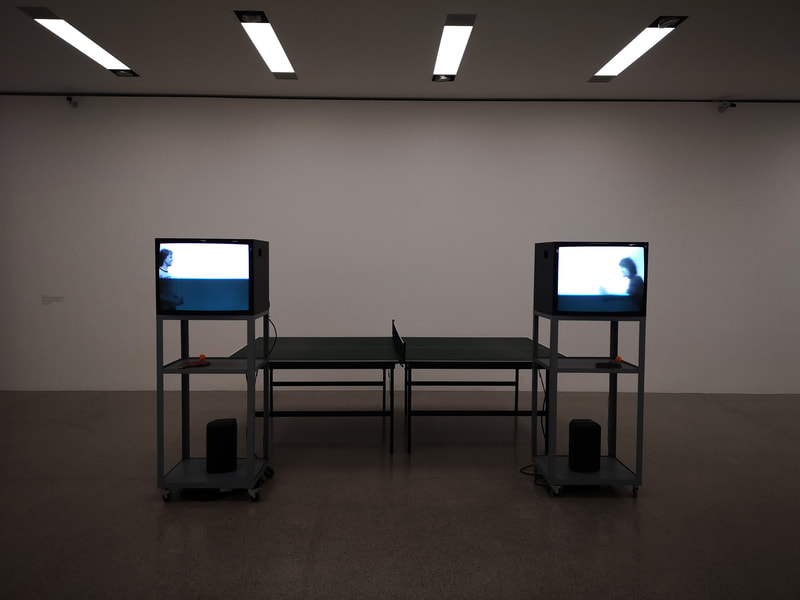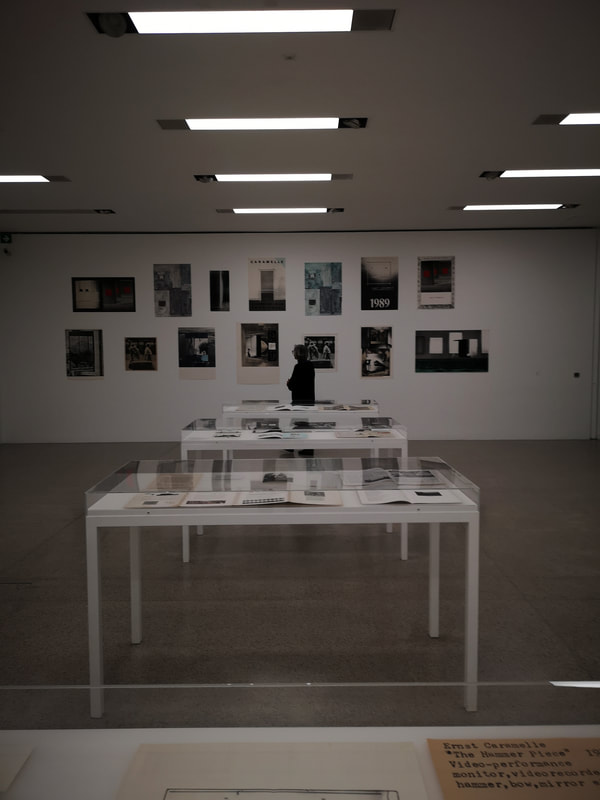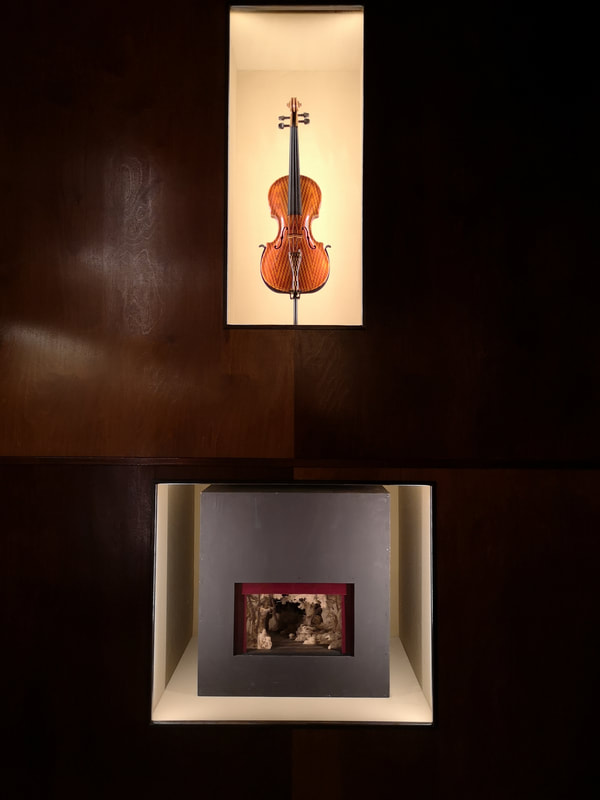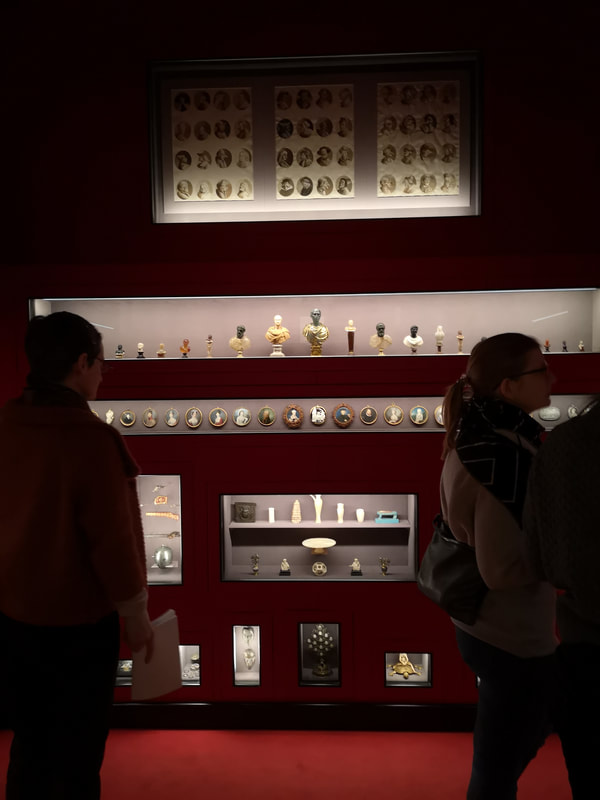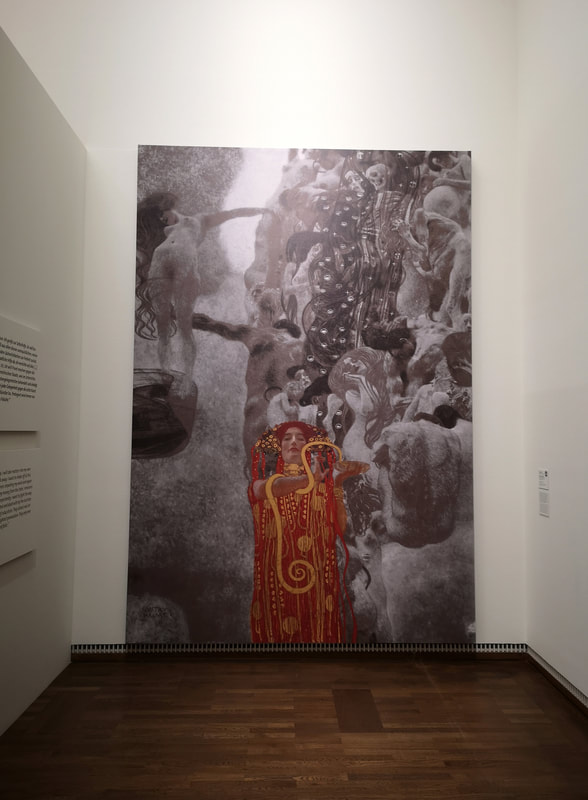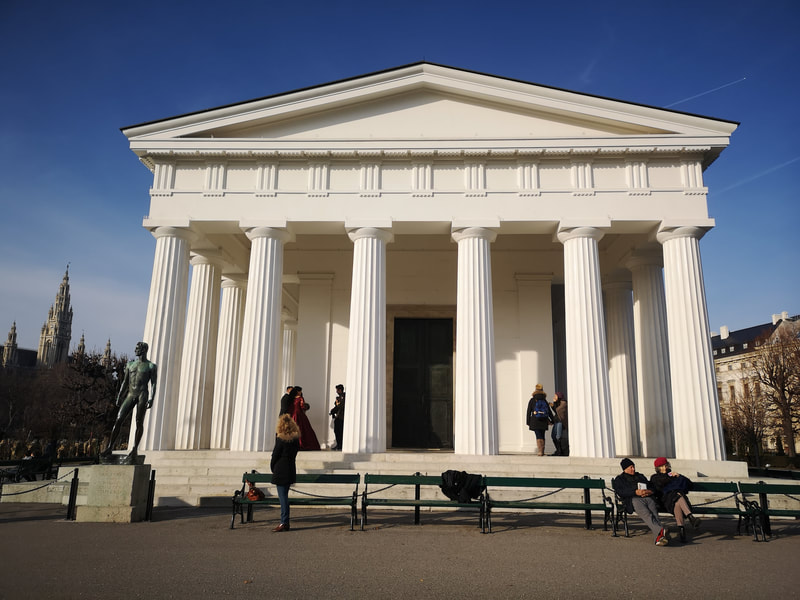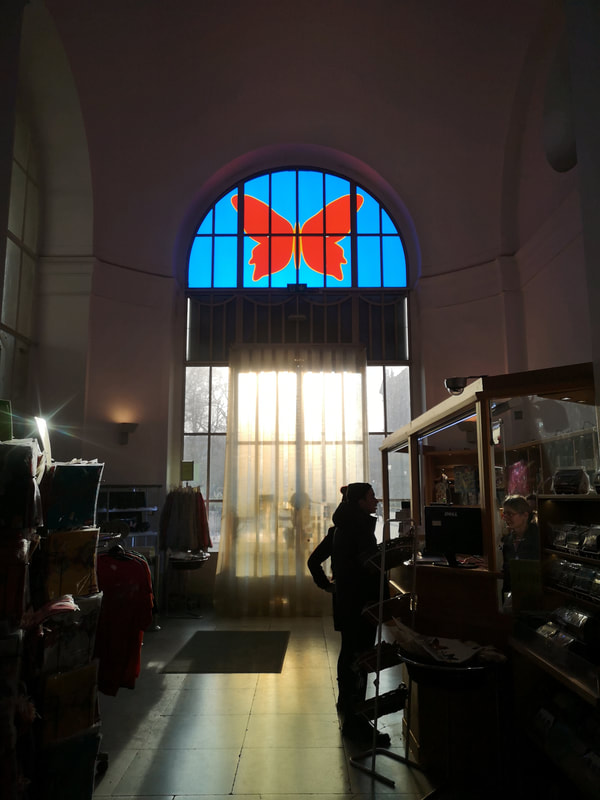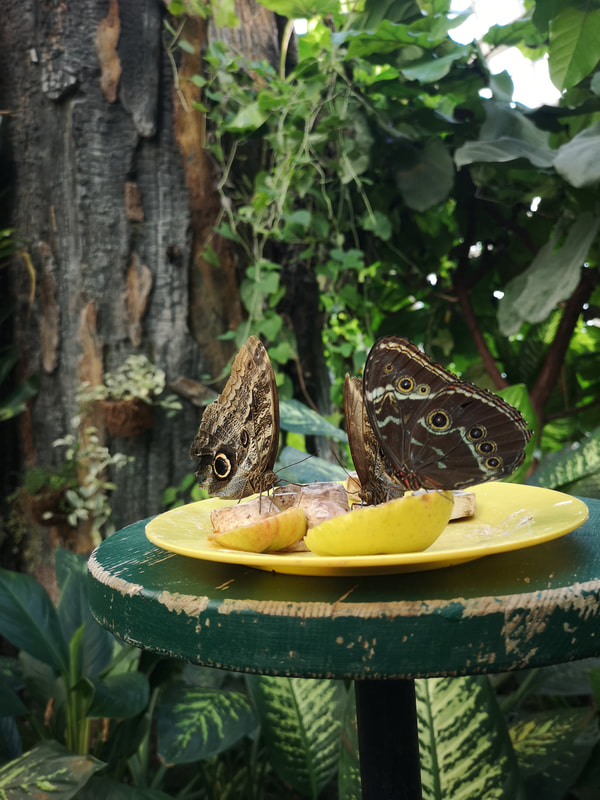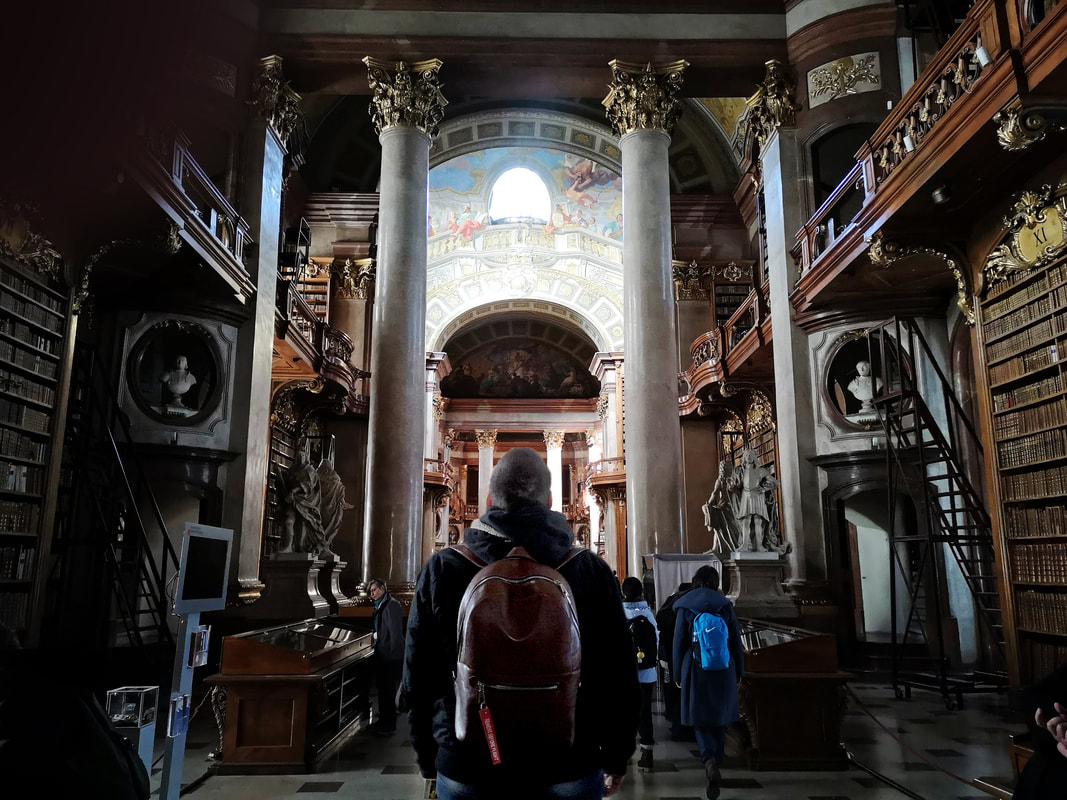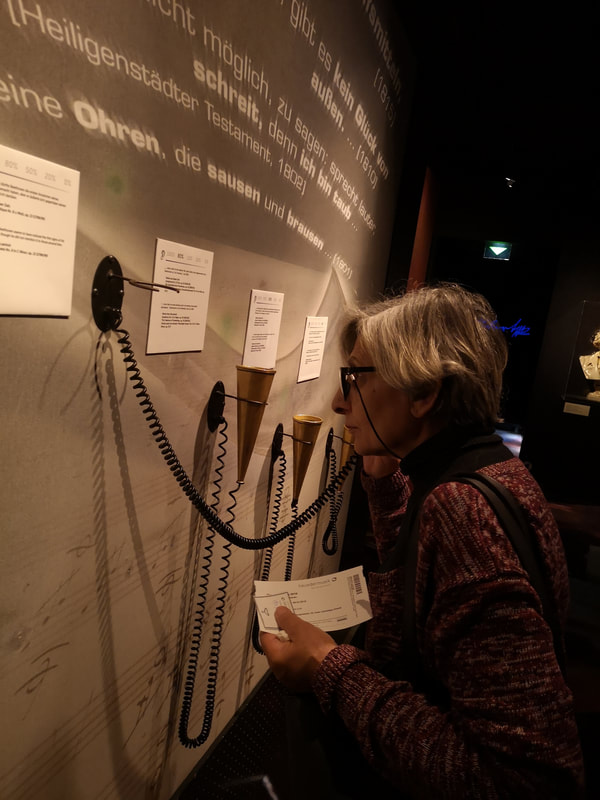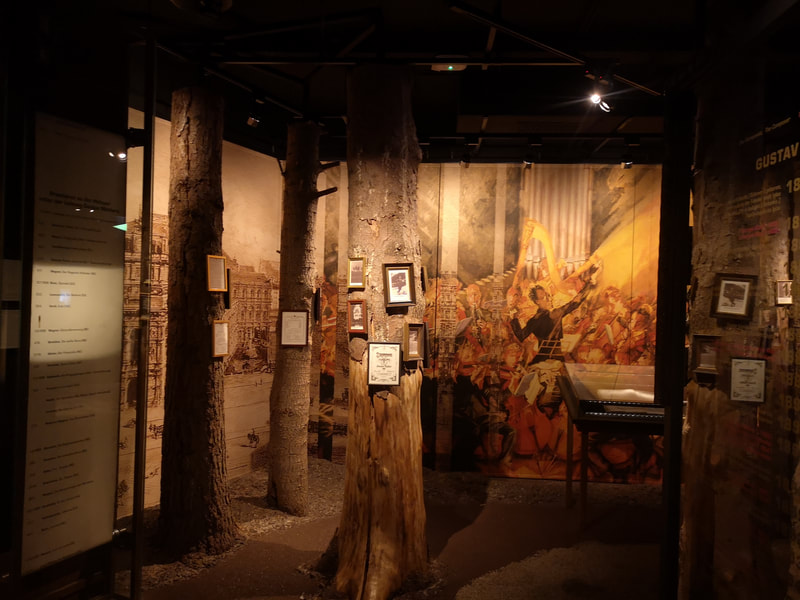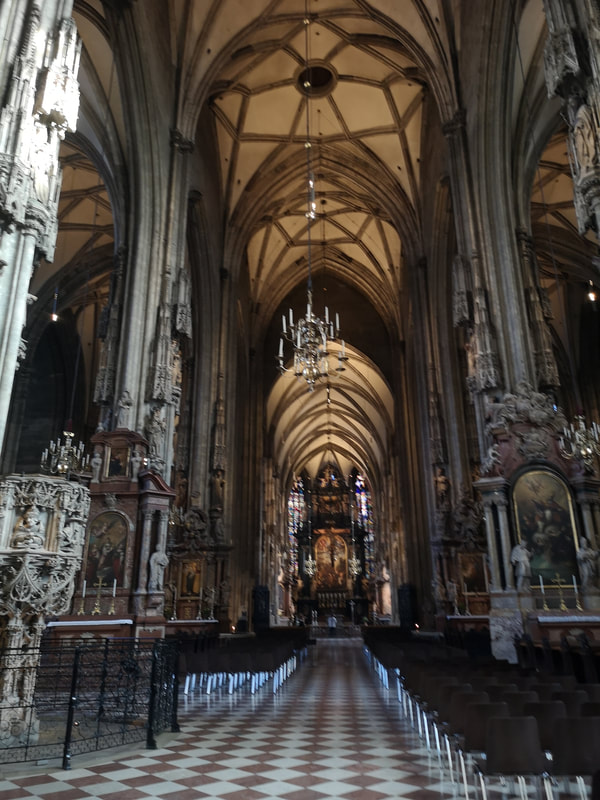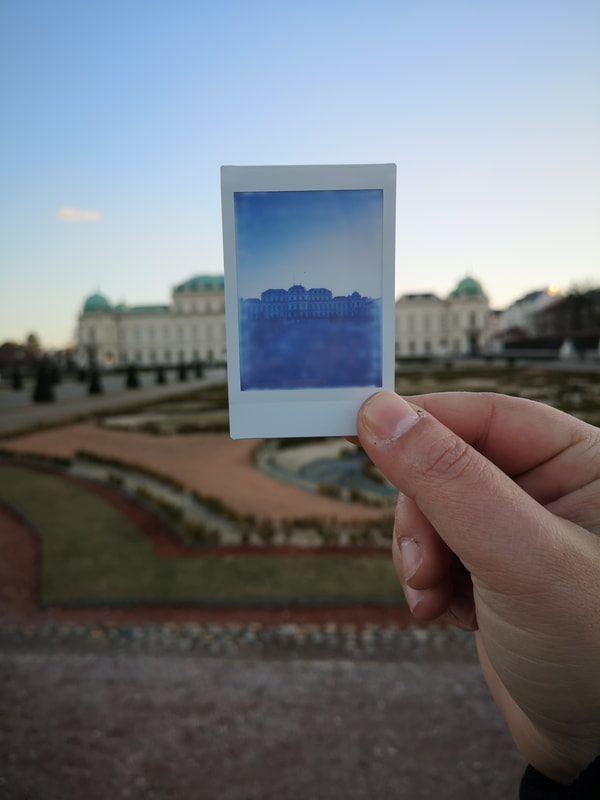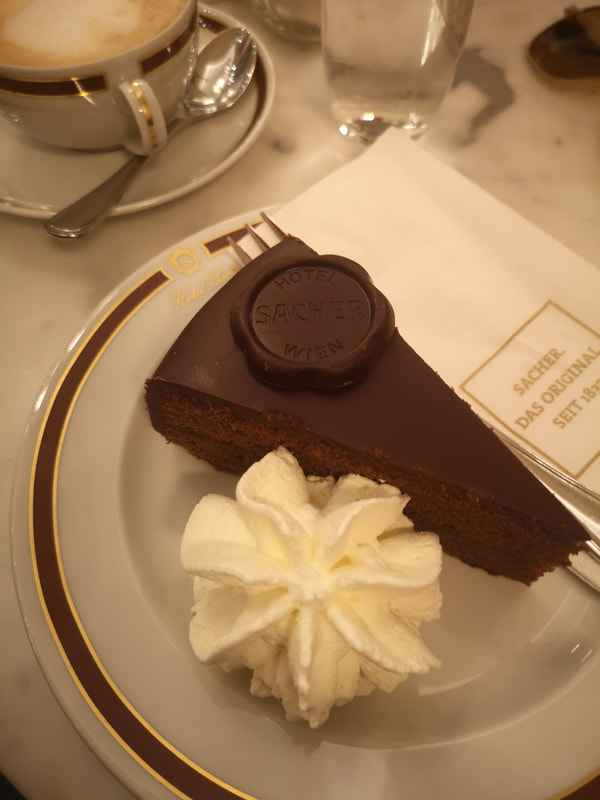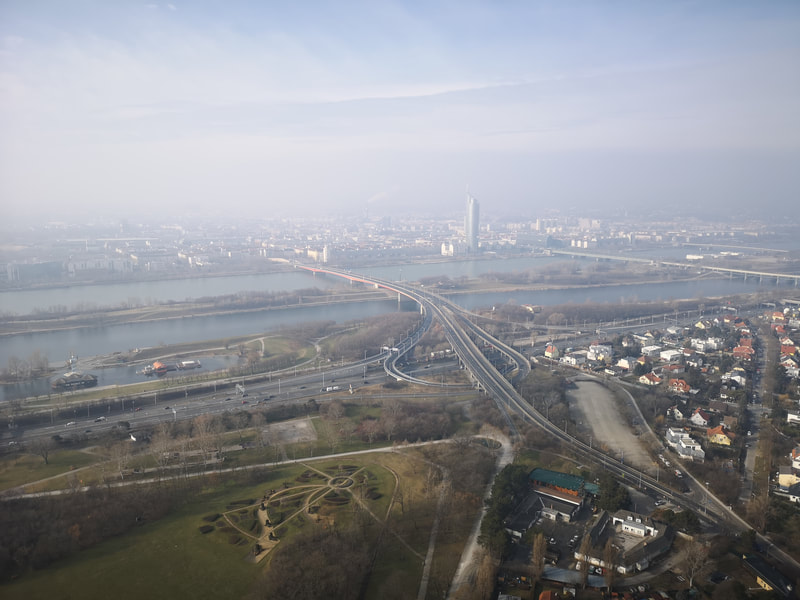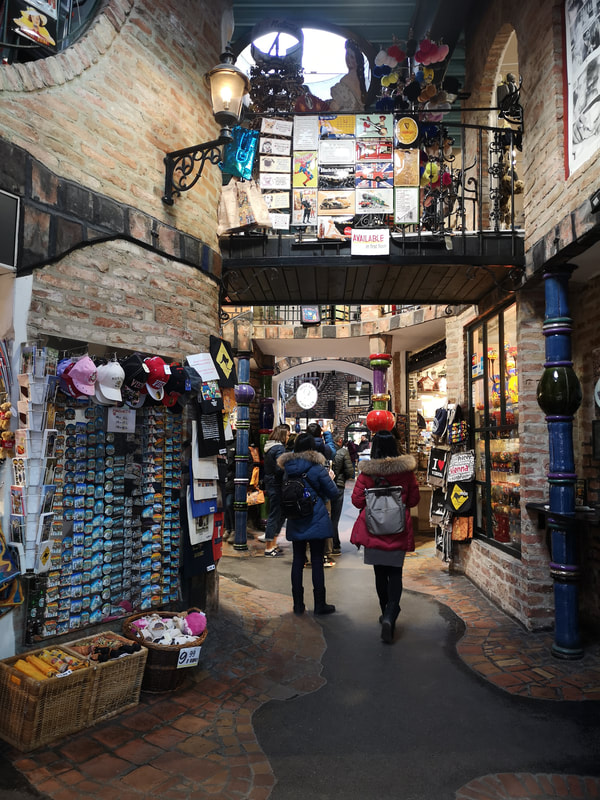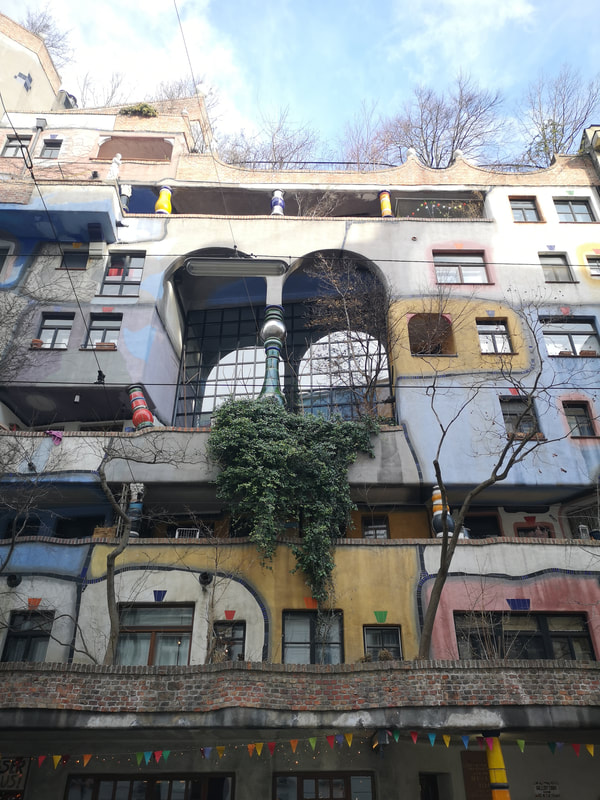Vienna is, of course, full of art. You can’t visit Vienna and not spend your days in the museums or the galleries and if you do, plan your visits in advance and check the prices for possible discounts, otherwise you will be spending A LOT of money.
We arrived at ViennArt Hotel late at night but it was still clear that it was a modern, colorful hotel full of art. Like some kind of a pop museum with vintage music posters and other paintings on the wall, and a neon welcome sign at the reception desk (that's what won me over, you know it). The tour started early in the next morning, though the fact that the hotel was right behind the Museumsquartier helped a bit.
To save you some time, here are 5 museums and 5 bonus spots you must include in your list.
We arrived at ViennArt Hotel late at night but it was still clear that it was a modern, colorful hotel full of art. Like some kind of a pop museum with vintage music posters and other paintings on the wall, and a neon welcome sign at the reception desk (that's what won me over, you know it). The tour started early in the next morning, though the fact that the hotel was right behind the Museumsquartier helped a bit.
To save you some time, here are 5 museums and 5 bonus spots you must include in your list.
MUSEUMS
1. MUMOK (or Museum Moderner Kunst Stiftung Ludwig Wien, if you prefer) hosts an exhibition of various forms of art by Ernst Caramelle. The ticket for MUMOK start from €10,50.
2. Art History Museum (or Kunsthistorisches Museum). That is a whole world at its own, another century, another reality. The collection included artifacts and objects that Habsburg emperors and archdukes collected from the Middle Ages to the Baroque periods and the result was an astonishing, unusual yet wonderful collection. The ticket is around €15.
3. Leopold Museum. With a €15 ticket we visited the exhibition with work by Gustav Klimt, Koloman Moser and Richard Gerstl, one by Egon Schiele, and a small one with Viennese attire, designed by Arthur Arbesser and photographed by Elfie Semotan.
4. Austrian National Library (or Österreichische Nationalbibliothek, a.k.a. the largest library in Austria, with more than 12 million items in its various collections, established in 1368 (and it was called The Imperial Court Library then). The entry to the library is free but there are tickets if you want to visit the museums inside the building.
5. The House of Music. An incredible interactive, audiovisual experience, for a €16 ticket. On the first floor, which is dedicated to the Philarmonic Orchestra, there was a staircase where each step played a note when you stepped on it, batons from famous conductors, and a small room where you could roll a virtual dice to create your own melody. Then on the second floor is the Sonosphere. You start in a room where you could hear the sounds you were able to hear when you were in your mum's belly, and it gets even more exciting from there. The third floor is for the great composers with rooms dedicated to Mozart, Strauss, Beethoven and more and are especially designed to reflect each composer's environment takes you to a wild musical journey. On the fourth floor you could conduct an orchestra using a baton with a motion censor on it. We got certificates for that and "yes" it will go straight to my wall.
1. MUMOK (or Museum Moderner Kunst Stiftung Ludwig Wien, if you prefer) hosts an exhibition of various forms of art by Ernst Caramelle. The ticket for MUMOK start from €10,50.
2. Art History Museum (or Kunsthistorisches Museum). That is a whole world at its own, another century, another reality. The collection included artifacts and objects that Habsburg emperors and archdukes collected from the Middle Ages to the Baroque periods and the result was an astonishing, unusual yet wonderful collection. The ticket is around €15.
3. Leopold Museum. With a €15 ticket we visited the exhibition with work by Gustav Klimt, Koloman Moser and Richard Gerstl, one by Egon Schiele, and a small one with Viennese attire, designed by Arthur Arbesser and photographed by Elfie Semotan.
4. Austrian National Library (or Österreichische Nationalbibliothek, a.k.a. the largest library in Austria, with more than 12 million items in its various collections, established in 1368 (and it was called The Imperial Court Library then). The entry to the library is free but there are tickets if you want to visit the museums inside the building.
5. The House of Music. An incredible interactive, audiovisual experience, for a €16 ticket. On the first floor, which is dedicated to the Philarmonic Orchestra, there was a staircase where each step played a note when you stepped on it, batons from famous conductors, and a small room where you could roll a virtual dice to create your own melody. Then on the second floor is the Sonosphere. You start in a room where you could hear the sounds you were able to hear when you were in your mum's belly, and it gets even more exciting from there. The third floor is for the great composers with rooms dedicated to Mozart, Strauss, Beethoven and more and are especially designed to reflect each composer's environment takes you to a wild musical journey. On the fourth floor you could conduct an orchestra using a baton with a motion censor on it. We got certificates for that and "yes" it will go straight to my wall.
BONUS
1. Butterfly House (or Schmetterlinghaus). It’s basically a small oasis in the whole Baroque and / or Gothich buildings. The Butterfly House encloses various species of butterflies, plants and small waterfalls and even though I was reluctant at visiting it at first, it left a very bright spot our days in Vienna. The price of €7 per adult is a reasonable one, don't hesitate.
2. Belvedere Palace. The Belvedere was Prince Eugene of Savoy's summer home, and is a magnificent baroque masterpiece with an enormous garden where you could cross in 15 minutes. If you only want to wander in the gardens it's a free entrance so treat yourself. If you want to feast in art, there's the ground exhibition and the Belvedere 21 exhibition.
3. Danube Tower. In a fifteen-minutes’ drive from the centre, we visited the Danube Tower (or Donauturm) on the other side of the city, that is more industrial and a bit more modern. There's nothing you can do around the tower so you just go there, go up, gasp at the view, go down and leave. The cynic in me will tell you that the whole process is a bit of a drag. You can't go there and then walk to nearby museums BUT, the view is really worth it. You can book a table for brunch or breakfast at the tower's cafe though. Just for the view, the ticket is €16.
4. Hundertwasserhaus. The apartment building was assigned to Friedensreich Hundertwasser to design and together with the architect Joseph Krawina they created this fantastic attraction. Colors, mirrors, patterns and shapes make up the exterior design of the building. You can't get in the building, as actual people live there but you must visit the Hundertwasser Village. It's built like a small village full of souvenir shops and a great big store with artworks, installations and crafts made by smaller artists of Vienna.
5. Sacher Cafe. I did book a table a few days before the trip, so do the same just to be safe. Now, the Sachertorte was invented by the confectioner Franz Sacher and it's now one of the most famous cakes in Vienna and the world. Due to many imitations, they're now calling it ''The Original Sacher Torte'' and have a page in the menu explaining how you can tell. It's a delicious cake, with a tiny dose of liquor and a very thin layer of apricot jam, very light in taste and very subtle, served with whipped cream.
1. Butterfly House (or Schmetterlinghaus). It’s basically a small oasis in the whole Baroque and / or Gothich buildings. The Butterfly House encloses various species of butterflies, plants and small waterfalls and even though I was reluctant at visiting it at first, it left a very bright spot our days in Vienna. The price of €7 per adult is a reasonable one, don't hesitate.
2. Belvedere Palace. The Belvedere was Prince Eugene of Savoy's summer home, and is a magnificent baroque masterpiece with an enormous garden where you could cross in 15 minutes. If you only want to wander in the gardens it's a free entrance so treat yourself. If you want to feast in art, there's the ground exhibition and the Belvedere 21 exhibition.
3. Danube Tower. In a fifteen-minutes’ drive from the centre, we visited the Danube Tower (or Donauturm) on the other side of the city, that is more industrial and a bit more modern. There's nothing you can do around the tower so you just go there, go up, gasp at the view, go down and leave. The cynic in me will tell you that the whole process is a bit of a drag. You can't go there and then walk to nearby museums BUT, the view is really worth it. You can book a table for brunch or breakfast at the tower's cafe though. Just for the view, the ticket is €16.
4. Hundertwasserhaus. The apartment building was assigned to Friedensreich Hundertwasser to design and together with the architect Joseph Krawina they created this fantastic attraction. Colors, mirrors, patterns and shapes make up the exterior design of the building. You can't get in the building, as actual people live there but you must visit the Hundertwasser Village. It's built like a small village full of souvenir shops and a great big store with artworks, installations and crafts made by smaller artists of Vienna.
5. Sacher Cafe. I did book a table a few days before the trip, so do the same just to be safe. Now, the Sachertorte was invented by the confectioner Franz Sacher and it's now one of the most famous cakes in Vienna and the world. Due to many imitations, they're now calling it ''The Original Sacher Torte'' and have a page in the menu explaining how you can tell. It's a delicious cake, with a tiny dose of liquor and a very thin layer of apricot jam, very light in taste and very subtle, served with whipped cream.
Leaving Vienna, we already had a list of everything we didn't have time to visit but it was a great, full trip nevertheless. The people were great, there was not one time we felt unsafe even at the emptiest alleys. The statue of Mozart was such a gorgeous piece, with gold in the corners and a treble clef dug in the grass, and also the actor's Ferdinand Raimund's, for some reason. On our last day we had to leave the hotel early and thank God for Anker bakeries which was the only thing open in early Sunday morning. Delicious snacks, freshly made.

